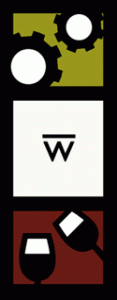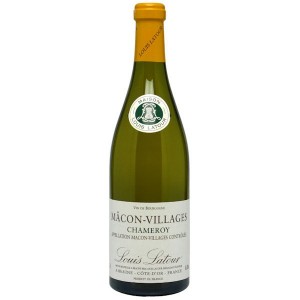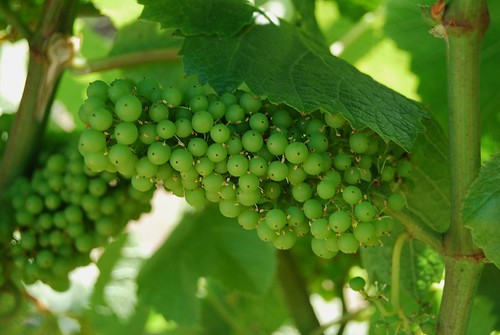Thursday 19 April 2012
As I mentioned on Friday, this year I’m taking part in Negociants Australia‘s Working with Wine program. The program is an incredibly generous initiative: it’s completely funded by Negociants and the dux of the program receives a trip to Europe.
Back in February I sat the entrance exam (yes, it’s not all lolling around tasting wine) which consisted of a theory paper and a blind tasting of two wines. I had mixed feelings about the exam so I was thrilled to find out that I’d done well enough to get a spot!
The first Adelaide seminar was held at the Italian Club and focussed on the white wines of the Côte d’Or. That would be Chardonnay. The panel was headed up by Nick Ryan, and included David LeMire MW, Sandro Mosele of Port Phillip Estate and Dave Brookes, current Len Evans dux.
The panel took us through four brackets, each of five wines. I’m not going to detail every wine (that would be one long, and potentially very pretentious, blog post!) but I’ll give you a swift overview.
We started with a bracket of Chablis Grands Crus. All the wines were William Fèvre: 3 2009s (Valmur, Vaudesir and Les Clos), and 3 Les Clos (2009, 2008, 2007). This bracket really highlighted what the day was about, which was terroir.
Next up we tried a selection of wines from the Montrachets – four 2008s from Chassagne-Montrachet and Puligny-Montrachet as well as a 2009 single vineyard wine.
After lunch we tasted a bracket blind: four Australian Chardonnays and one Meursault. This was really interesting – the wine which really stood out was wine 5 which was Penfolds 09A. The other wines were much more consistent with one another but the Australian wines were a touch more fruit forward, with the Meursault showing a real savoury character, along with a talciness (you might want to call that ‘minerality’) that I’d picked up in a lot of the wines in the preceding brackets.
We wrapped up with a vertical of Bonneau du Martray Corton Charlemagne, tasting the 2009, 2008, 2007, 2006 and 1993 vintages. Considering I’m not likely to be buying myself one of these wines in the near future, to taste 5, including a 19 year old one, was a real privilege.
The fun part of the day was over – the 16 South Australians participating in the program then sat a theory and tasting exam. That’s just to prove (again) that these things aren’t all beers and skittles!
Our next (and final) session is in July and will be focussing on Champagne. I can’t wait!



